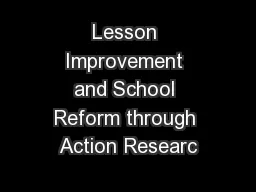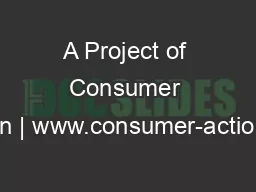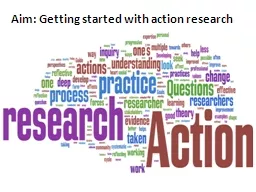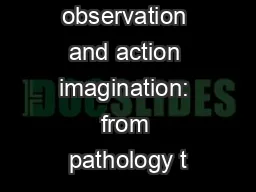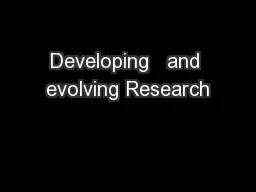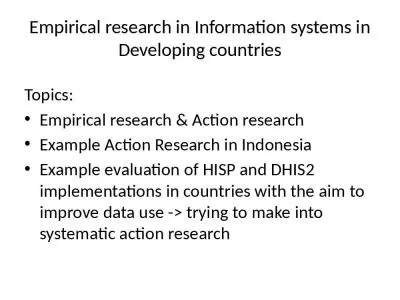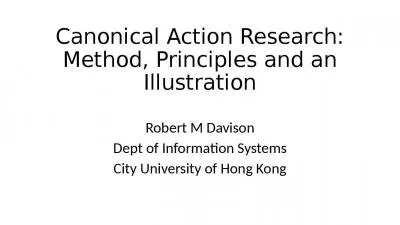PPT-Action Research
Author : trish-goza | Published Date : 2016-03-09
What it is and how to do it Main Source Action Research in Education by Efron and Ravid Why Do you want to improve change or validate something What would you like
Presentation Embed Code
Download Presentation
Download Presentation The PPT/PDF document "Action Research" is the property of its rightful owner. Permission is granted to download and print the materials on this website for personal, non-commercial use only, and to display it on your personal computer provided you do not modify the materials and that you retain all copyright notices contained in the materials. By downloading content from our website, you accept the terms of this agreement.
Action Research: Transcript
Download Rules Of Document
"Action Research"The content belongs to its owner. You may download and print it for personal use, without modification, and keep all copyright notices. By downloading, you agree to these terms.
Related Documents



